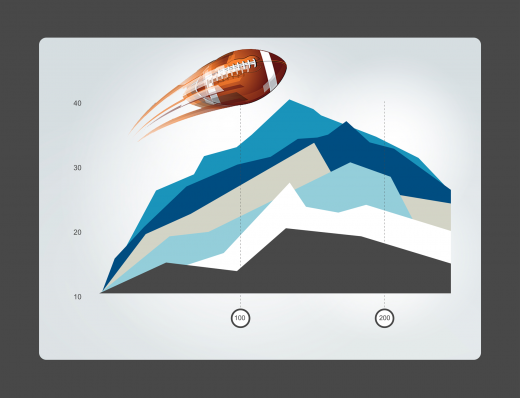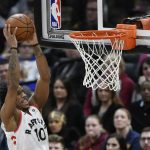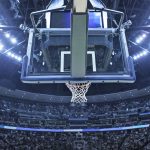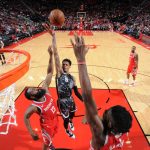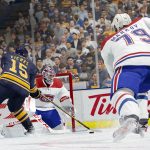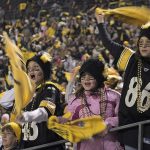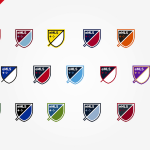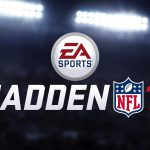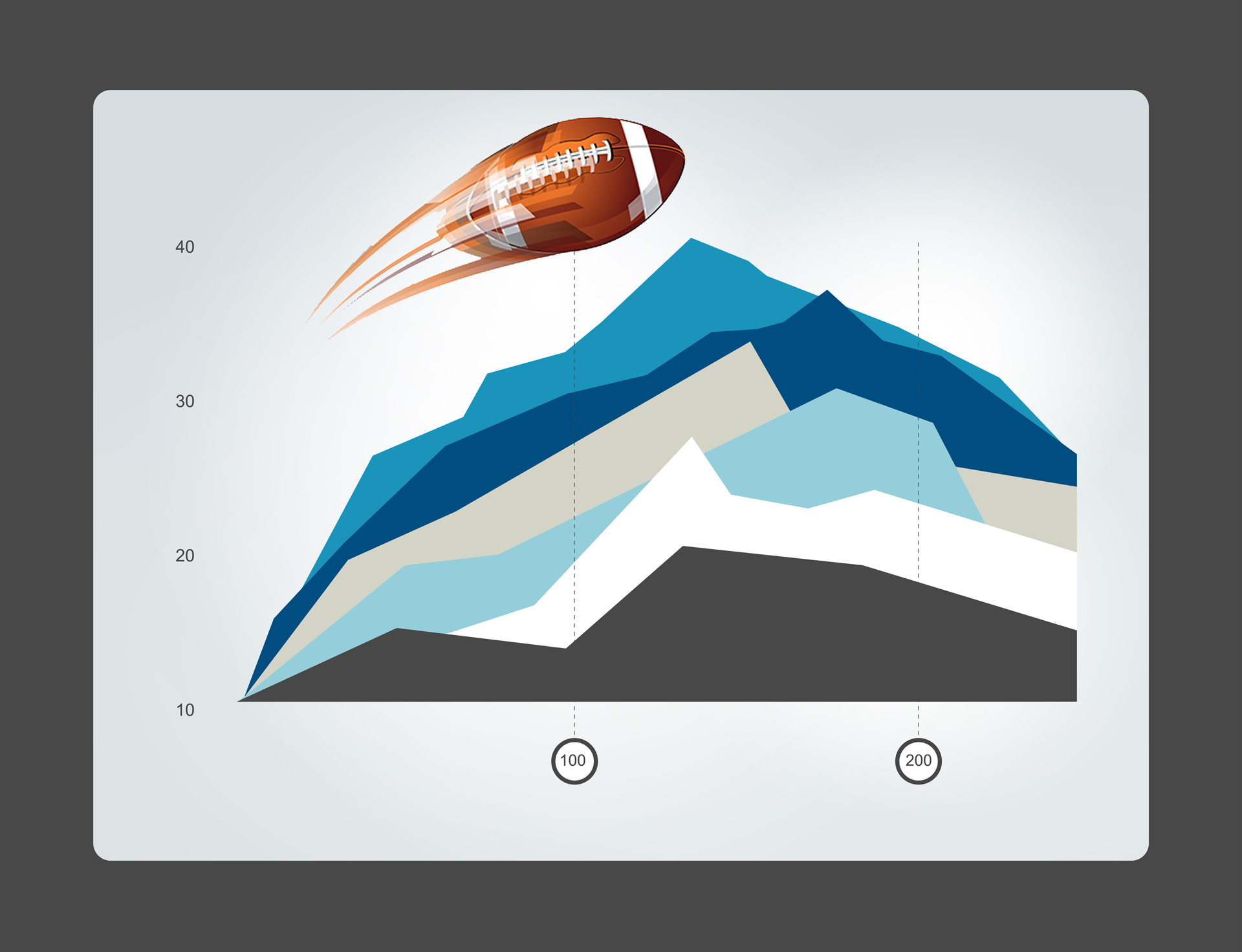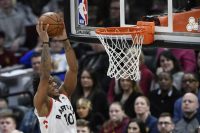The Tweets, The Ads, The Data: A Recap of the 2015 Social Super Bowl
Armchair quarterbacks can critique Super Bowl ads all day long, but contributor Chris Kerns contends the data tell the real story of what resonated.
The Super Bowl needs no introduction, and if you’re a marketer, (February 02, 2015) was filled with ups and downs both on and off the field.
For as long as we can all remember, the Super Bowl has been the go-to, premium placement for brands and their 30-second TV spots. But in recent years, this huge concentration of attention has bled over into social media as well.
This year, brands of all sizes jumped on trends to join the conversation around the game, the players, and a few of the storylines that take the Super Bowl from a game to an event.
And as always, there was plenty of opinion about what worked and what didn’t, but what does the data tell us about brands and their social media efforts? Let’s take a look.
Social Patterns Of The Game
The overall social conversation around the game followed some familiar patterns and also hit some new peaks. As we’ve seen in past years, touchdowns and turnovers result in a good amount of social chatter, but a big comeback in the final moments of play overshadowed the rest of the night. (Note: All of the data I’m citing in this piece comes via Spredfast — my employer — technology and methods.)
Throughout the night, Seahawks fans were more vocal about their team’s prospects (with the popular hashtag #SeahawksWin seeing over 62,000 mentions), but in the end, the Patriots generated more mentions after staging a huge comeback (with #PatriotsWin seeing over 105,000 total mentions by the end of the game).

The back and forth nature of the game kept the conversation going through the second half, but the biggest drama was saved for the final two minutes of play.
The game was decided in the final minute when Malcolm Butler intercepted the ball. And with that, Twitter exploded with 395,000 Tweets Per Minute mentioning the Super Bowl.
The most single shared item on Twitter came from the Patriots themselves commemorating their win.
Other notable peaks included Katy Perry’s halftime show which featured dancing sharks (who received over 167,000 mentions), and the Seahawks, for when they tied the game right before halftime (95,558 mentions).
More Social Brands Than Ever
But fans weren’t the only ones tweeting about the big game. This year, big brands jumped into the Super Bowl conversation in record numbers.
We’ve been tracking 2013’s Interbrand 100 list over the last few years, and with Sunday’s game, we saw another rise in participation from these elite brands — numbers here represent the number of brands participating.

Big brands like Budweiser, McDonalds, and Mercedes Benz had social media teams at the ready during the game, leading to a 19% rise in the number of Interbrand 100 brands participating in real-time marketing this year.
But real-time social activity wasn’t just limited to big budget players, plenty of other smaller brands (everyone including Dick’s Sporting Goods, Papa John’s, Wingstop, Miller Lite, Denny’s, State Farm, Doritos, Whataburger, Snickers, and many more) participated and kept the conversation rolling from start to finish.
What Brands And Topics Had the Best Performing Content?
While many consumers, analysts and marketers spend Sunday picking and choosing their favorite ads and Tweets, at Spredfast we look at the data behind the content to determine what’s resonating most with the audience.
Here are a few of the data-driven winners for performance — defined as most social engagement with their Twitter posts, including retweets, favorites, etc.– from Sunday’s big game:
#DeflateGate Still Made an Appearance
While most brands avoided discussing the deflate scandal, a few stuck with it.
Bark Box, a monthly supplier of pet goods, scored with their Tweet, which saw a +7,900% bump in retweets and a +9,000% bump in favorites, compared to their normal levels of Twitter engagement.
Audi Comes Back at BMW With Some Fact Checking
Audi sent out a Tweet that questioned Katie Couric’s preferred method of transportation.
The celebrity had just been featured in a BMW ad and Audi updated its followers by showing off the car she actually drives (which happens to be an Audi).
The audience responded with enthusiasm, and gave Audi a 30X bump in retweets and a 35X bump in favorites vs. normal engagement levels.
The Katy Perry Halftime Show Brought Out The Brands, Sharks
When Missy Elliot made her surprise appearance during the halftime show, Tide jumped in with real-time creative that followers enjoyed.
The Tweet generated a 3,200% bump in retweets and a 3,600% bump in favorites vs. their normal levels of engagement.
The MGM Grand casino saw aces when Katy Perry entered the halftime show on a giant lion (or tiger, whatever).
The brand’s quick response earned them +6,600% bump in retweets and a +5,000% bump in favorites compared to historical levels.
MTV spent the night live-blogging the event, but jumped on what everyone was thinking about with this dancing shark GIF.
The content worked, as well — the post delivered 7X the normal level of retweets and favorites than MTV usually sees.
And It Wasn’t Just the Usual Brands Doing RTM
The National Gallery of Art came in with its #SuperbOwl Tweet, which of course, featured a painting of an owl.
The audience got a hoot (!) out of the Tweet, as the response showed a +840% increase in retweets and a +660% jump in favorites vs. normal levels.
Facebook’s Big Super Bowl Push And The Results
Twitter isn’t the only social channel where fans are jumping in to celebrate or commiserate with their friends and family. Facebook has a huge amount of chatter as well.
Who was talking about what on Sunday? Let’s take a look at the breakdown for the 12 hours leading up to and during the big game.
- “Seahawks”: Women edged out men for Seahawks mentions, with 8% more conversation over the past 12 hours
- “Patriots”: Both men and women were rooting for the Patriots and Seahawks, with the levels of conversation split almost exactly 50/50
- “Superbowl”: Far more women than men were talking about the Super Bowl, with 57% of conversation belonging to women (vs. 43% for men). The largest share of Super Bowl-related conversation was in the 25-34 demographic, followed by the 18-24 age group.
Social Responses To The Big Advertisements
Of course brands didn’t solely spend their time and energy on social media war rooms for last night.
They’ve spent months crafting and producing jaw-dropping, big-budget television commercials for the big game. How did social media respond? Here are the top three most-mentioned spots:
Always: #LikeAGirl
The Always spot drove home the message that “like a girl” is a phrase to be proud of, and it resonated on Twitter.
With over 337,000 mentions, the spot took the lead for social reaction.
Nationwide
Nationwide’s commercial, designed to highlight dangers in the home, wasn’t received well by Twitter audiences who were shocked by ad’s eerie storyline.
With over 301K mentions, and 6X more negative reaction vs. positive reaction, the spot didn’t seem to convey the message the brand was hoping for.
Coke: #MakeItHappy
Coke’s message around spreading less negativity had a strong (and positive) reaction from the social audience.
It generated a large volume of conversation (over 136,000 mentions) and almost a 10:1 positive to negative sentiment ratio.
The Big Game is Over, But RTM Opportunities Continue Every Day
While agencies and brands are relaxing the day after the Super Bowl, there’s plenty more real-time marketing to come this year. I’m not just talking about big events, (like the Oscars and the Grammys) — more and more brands are finding value in incorporating smaller events and everyday trends in their social strategy.
The more relevant you can be as a brand, the more the audience will respond to your messages. So while you don’t need a full war room for every event, make sure you’re keeping your MVP social team on the ready for the next big trend.
Marketing Land – Internet Marketing News, Strategies & Tips
(302)

